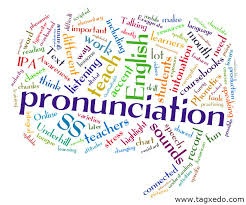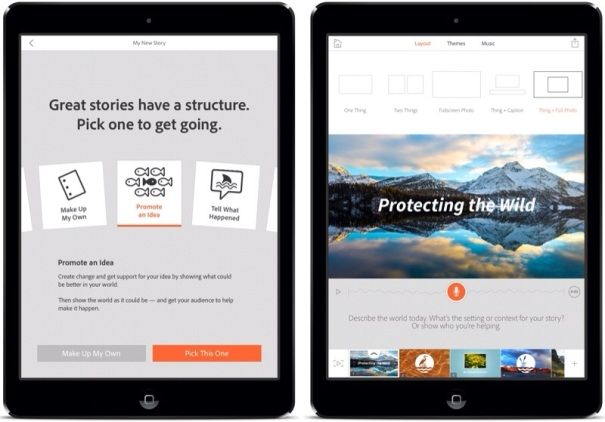
Gap Fill
The most obvious one but not without its merits. Most people simply delete random words and then let the students fill them in. This can help students practice listening in a fun way, but there are other ways of doing it.
Focus on a particular word form, adjectives or past simple verbs, for example. You can then get students to collaborate and speculate what they think these words will be before listening and then listen to check.
Students will think about the language a lot more and use language not contained in the song. This brings us on to our second activity.
Word Substitution
After listening give students a particular word form. We will use adjectives in this example. Students work together to replace all the adjectives with either synonyms, antonyms or any other adjectives that fit. This is a fun way to revise the vocabulary or introduce students to more complex vocabulary. Very useful for IELTS students looking to expand their vocabulary.
It can also completely change the meaning of the song and you may get many different versions that the whole class can look at.
Meaning From Context
Find a song that has a lot of new vocabulary you want to teach your students. Let students listen to the song. Give them the lyrics with the new lexis highlighted and listen again. Students then work together to figure out the meanings from the context of the song. You can clarify meaning later but it often requires very little help from the teacher.
Tense Review
Find a song with tenses you would like to review. It works best if you highlight the difference between two or three different types.
Let the students listen to the song and then hand out the lyrics. Students then identify the different tenses. Coloured pens work well for this. They then listen again and explain to each other why each tense was used. This forces the students to really think about the rules in a fun way.
For an example click here
Dictagloss
If your students know a song really well you can play a little trick on your students by turning it in to a story or fairytale.
A dictagloss is an extended listening and collaborative writing activity. This takes a little work on your part but is well worth it.
Change the story so that the students don’t recognise it but try to keep as much of the main themes and language as possible.
Tell you students you are going to read them a story. Take some key language out of story, board it and get students to predict what the story is about. Read your story to the students once. All they have to do is listen the first time. Next they make short notes on the second listen. They then compare those notes with another students. In small groups, they collaborate to write the story out as best they can. Put them up around the room for all students to view. Finally, tell them they can now check their work. Play the song. This should lead to some lively discussions afterwards.
For an example click here
Creative Writing
After listening to and analysing the song you can set your students a few different creative writing tasks.
They could write a short piece from the perspective of one of the characters in the song we don’t hear from.
They could also write a diary entry in the near future by the people addressed in the song.
If your class are feeling really creative they could write an extra verse.
If you have any more ideas please let me know.
Pronunciation Awareness- Phonemes
After teaching two or three different phonemes students listen to a song and then mine the lyrics for that sound. This is good way to show the difference between spelling and sounds.
As a fun activity, hand out cards with the particular sounds, play the song and students grab the sounds as they hear them in the song.
Pronunciation Awareness- Rhyming Words
This follows on from the last activity. Ask students to identify the phonemes on the last part of the rhyming words. These should be the same or nearly the same. Again, this will raise awareness about the difference between spelling and sounds.
Students can then create their own rhyming words, verses, choruses and ultimately full songs.
Pronunciation Awareness- Rhythm and Sentences Stress
Most songs have a regular rhythm and often a regular sentence stress structure. Think about the chorus of Happy by Pharrell.
After listening to the song, ask students to identify the stressed syllables.
A good way to do this is to get students to mark this on the board and then turn off the projector. You can then drill just using the stressed words.
Finally, gradually delete all the words until the students can say/sing the whole song without any help.
Over To You
Do you have any ideas? Let me know and I will add them to this section.
Thanks for reading.
IELTS
Do you teach IELTS? You should check out our other site IELTS Advantage.
IELTS Advantage has lots of hints, tips, full lessons and sample answers to help your students get the score they deserve.
For example, we have a full lesson on writing task 2 problem and solution essays that takes students step by step through the process of answering a problem solution question.








